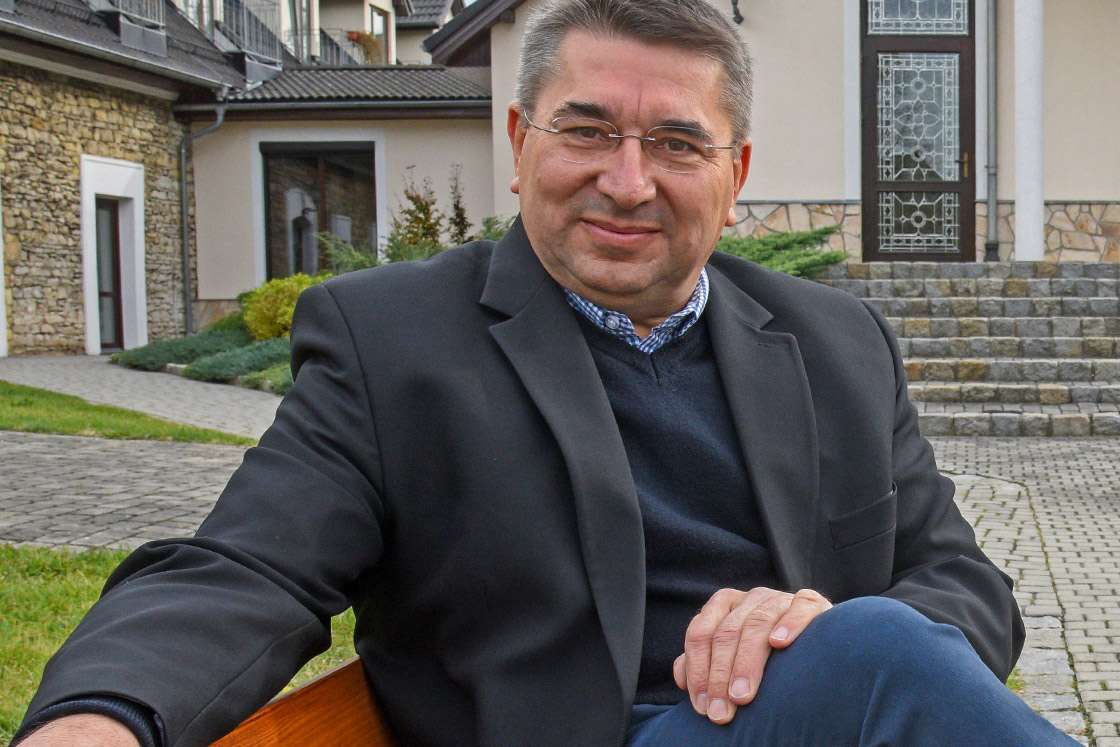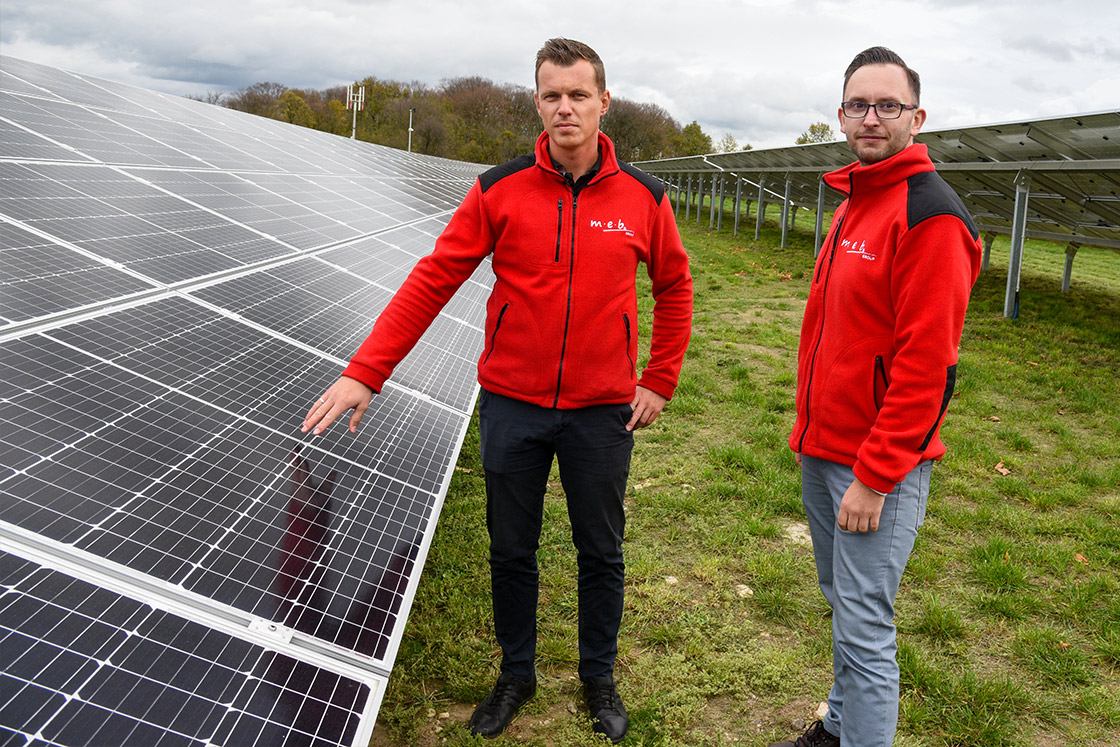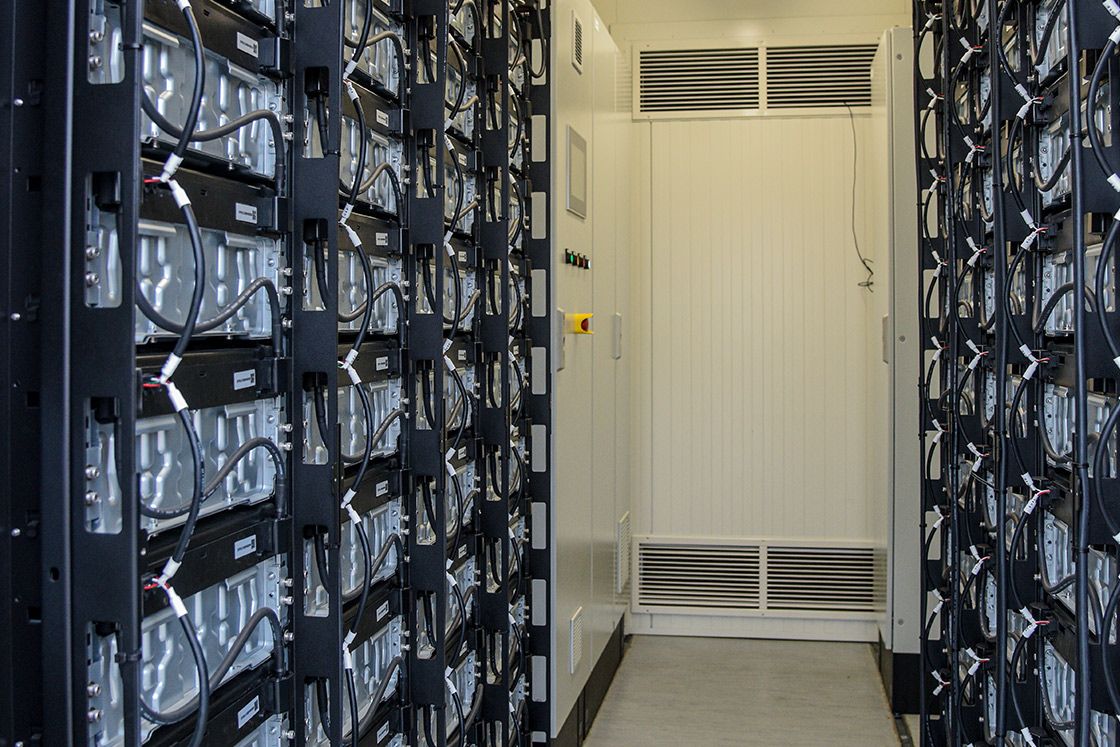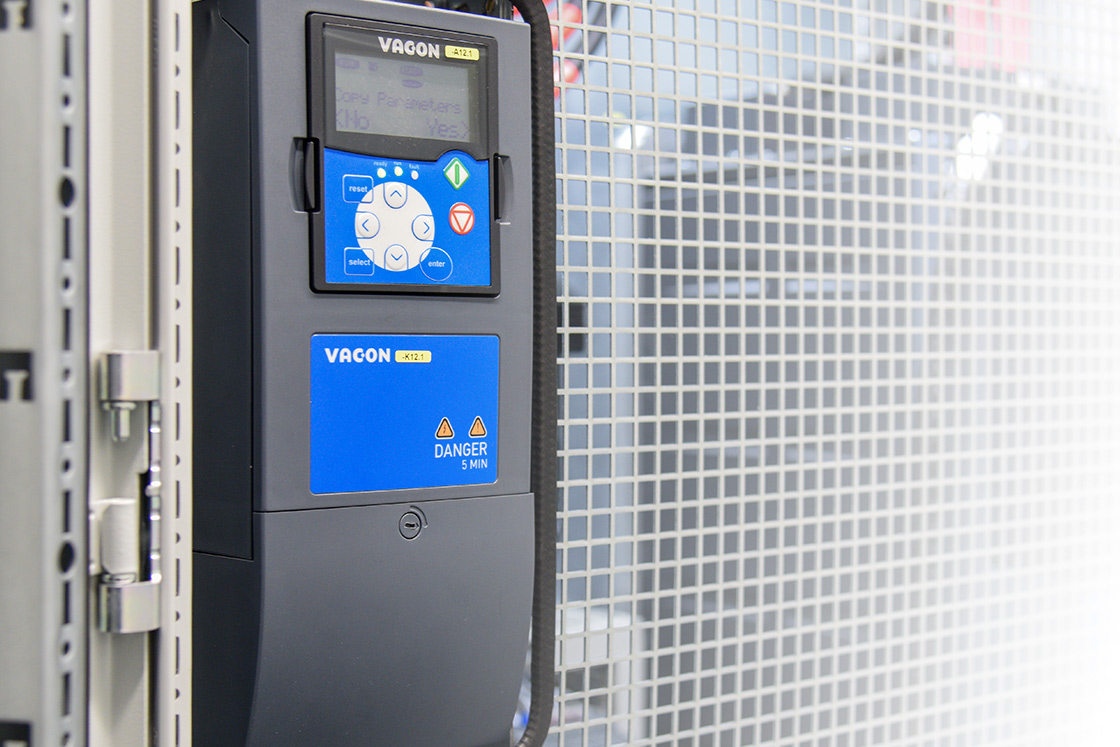
Every hour the sun shines, the smiles become a bit wider on the faces of the owners at the Kneipp-Institute in Kamień Śląski, Poland. The institute, housing hundreds of guests and patients each year, gets its electricity from a 500 kW photovoltaic system and two 50 kW roof-top panels. However, the major change towards a CO2 neutral electricity consumption was done in September, as they plugged in a 670 kWh energy storage to the grid.
“We have the ambition to be self-sufficient based on the best equipment and systems. On a daily basis, I follow the energy consumption and storage on my computer, and it is fulfilling to see that all the green energy we produce, we use ourselves. Now, we buy less from the utility,” says Zygfryd Glaeser, investor and Professor in Theology at the University of Opole.
The solar energy is stored in 88 lithium-ion batteries inside a 20-foot energy storage container. The energy storage is prognosed to cover 50 to 70 percent of the annual electricity consumption at the Kneipp-Institute. Fully charged, the energy storage covers electricity consumption up to 10 hours.
“Energy storage is the technology of the future. And when looking for our solution we prioritized innovation and climate friendly efficiency. With the energy storage we monitor our consumption much more intensely and find ways to shift our energy consumption and use it more wisely and efficient, so we only use energy when we produce it ourselves. We are not there yet, but step by step we will get there,” he says.

The Green Island in Poland
Among locals, the Kneipp-Institute is called Die Grüne Insel (the Green Island) as it is pioneering self-sufficiency within green energy. This paves the way and serves as an inspiration for others and several Polish ministers have visited the premises including local government representatives.
Tomasz Misz, Engineer at MEB Technical Sp. z o.o., the company which engineered and commissioned the installation of the photovoltaic system and the energy storage system at the Kneipp-Institute says:
“We see a bright future for energy storage in Poland and Europe. Outdated networks and investments in renewable energy sources are forcing grid operators to carry out local balancing of the grid. And this cannot be done without local energy storages such as this. The country’s plans for investments in electric cars are not possible if the fast-charging stations are not connected to energy storages.”
The energy storage container at the Kneipp-Institute is supplied by Qinous, a Berlin-based system integrator of smart energy storage solutions. The container is equipped with a Danfoss liquid cooled drive to control the energy flow.

Popping up in the landscape
And exactly these kinds of energy storage solutions are mushrooming around the world. Be it in a small village in Africa, at an off-grid hotel on an island in the Caribbean, the outskirts of Australia or in the town of Kamień Śląski, Poland, Qinous’ energy storage solutions store electricity from sun, wind and water.
“We want to be part of the change towards a renewable world and help our customers store energy, so they do not ‘throw away’ the renewable energy. And what we see for the battery storage market, is that customers want a standardized plug-and-play system that is easy to plug-in and fits their specific needs,” says Reinhard Edelmann, Chief Financial Officer, Qinous.
And this is where the VACON® NXP Grid Converter from Danfoss comes in to the picture. The electricity that comes out of solar panels is direct current (DC) and needs to be transformed to alternating current (AC) to be adopted and used in the grid. Grid converters from Danfoss do just that. And to the benefit of Qinous’ application and software the grid converters control the energy flow and the pace of how fast the batteries charge and discharge.
“Our partnership with Danfoss goes back to the start-up of Qinous in 2013. To us, it is an eye-level partnership where we get to try out different systems and have the patience from Danfoss. We benefit from the high-quality products including the flexibility of the power modules which fit the power range we need for our systems,” says Reinhard Edelmann.

The future is right now
Rising fuel prices and climate legislation targeting lower CO2 emissions are the main drivers for the increased demand for energy storage all over the world. And with the integration of more renewables the grid needs stable supply, supplied by the Qinous containers.
And at the Kneipp-Institute the plans for the future have already been laid. The institute is heated by heat pumps and the owners have invested in one mini wind turbine to generate electricity from the wind to supply electricity during the night. They plan to cover the remaining power through four to five additional mini wind turbines to reach the goal of being 100 percent self-sufficient within electricity.

VACON® NXP Grid Converter for smart grids improves stability in the grid by supporting a diverse range of energy generators and energy storage systems. Energy storage enables the grid to smoothly accommodate unpredictable consumers and energy production sources.

